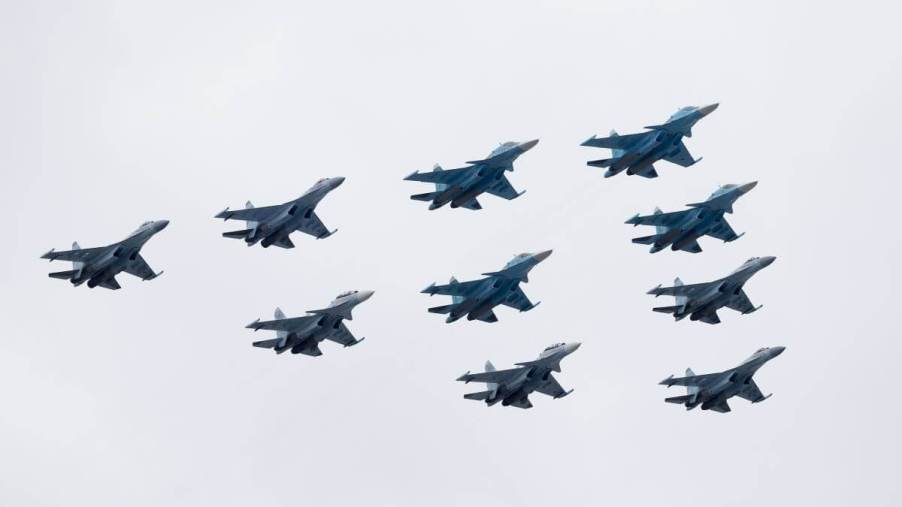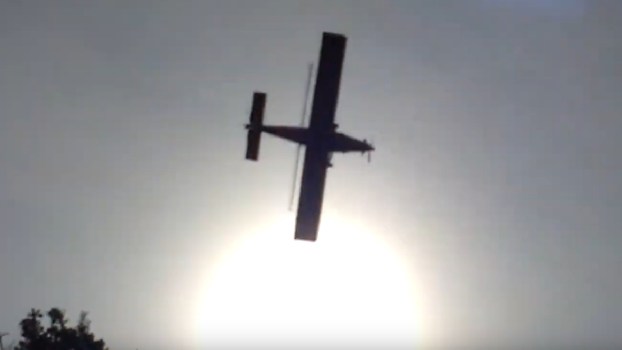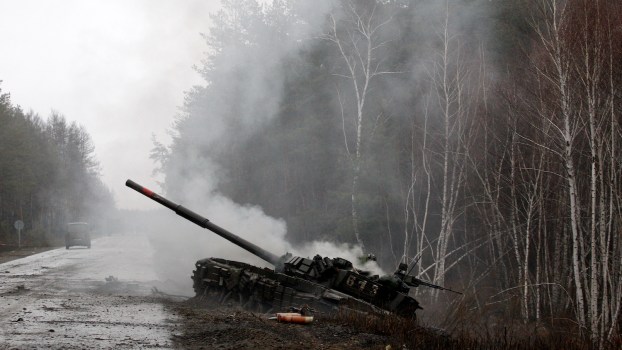
Does Russia Still Use Su-34 Fighter Jets?
Russia’s Sukhoi Su-34 has been a significant part of the country’s airplane arsenal since the late 2000s, playing a major role in many Putin-era conflicts. As Russia continues its invasion of Ukraine, a simple but vital question has arisen. Given the many documented Russian military failures in Ukraine and global reassessment of the role of manned warplanes in the age of the drone, does Russia even still use the Su-34?
Is the Su-34 fighter jet actively used by Russia?
In short, yes. By all appearances, Russia still uses the Sukhoi Su-34 as a weapon of war. Per the state-owned RIA Novosti, the Russian air force deployed Su-34Ms with long-range cruise missiles to the Ukrainian conflict as recently as September 2023.
Beyond government-owned media like RIA Novosti, much of what is known outside Russia about the country’s use of Su-34s comes from an unusual source: accident reports. In July 2022, EurAsia News reported a Su-34 shot down in a friendly fire incident over the Ukrainian city of Luhansk. Another accidentally discharged munitions over Belgorod, a Russian city just north of the Ukrainian border, in April 2023. AP News described property damage and two injuries from the incident.
The best-known Su-34 accident had more tragic repercussions. In October 2022, per the BBC, a jet crashed into an apartment building in Yeysk in an apparent training accident. The pilots were able to eject safely, but 13 people died on the ground.
History of the Su-34
The Su-34, NATO designation “Fullback,” is a charter member of the so-called “4.5 generation” of warplanes. A 4.5-generation fighter is one built around an older design, often dating back to the Cold War, but given a comprehensive equipment update to meet the needs of modern warfighting. Alongside the Su-34, 4.5-generation planes include the American F/A-18E/F Super Hornet and F-15E/EX Strike Eagle, the Chinese J-16, and EU warplanes like the French Eurofighter Typhoon and Sweden’s JAS E Gripen.
The Su-34 traces its origin to the Soviet-era Su-27, which had the NATO designation “Flanker.” Like the Flanker, the Su-34 followed an unusual twin-engine, twin-pilot design model optimized for maximum versatility as a long-range, long-duration fighter/bomber. Su-34 signatures include the large and well-appointed cockpit – it even ships cooking and bathroom amenities – and armored “duckbill” nose.
Su-34 development was protracted and rocky. Starting with the Su-27 in the mid-1980s, the project rode out the fall of the Soviet Union and Russia’s complex history since. Transitional designs between Flanker and Fullback took to the air at 1992’s MosAeroShow in Moscow and the 1995 Paris Air Show and may have taken part in the 2008 Russo-Georgian War. However, per Military Today, the complete, combat-ready Su-34 did not enter full deployment until 2014. The most modern version of the design, the Su-34M, entered service in June 2022 and is currently deployed in Ukraine and elsewhere.
How much does a Russian Su-34 cost?
Despite size, amenities, and ongoing modernization, the Sukhoi Su-34 is a steal by the standards of its 4.5-generation peers. Military Today puts the cash value of a Su-34 at $36 million. By comparison, AeroCorner says America pays $66.9 million for a single F/A-18E and $138 million per F-15EX. The Gripen and Eurofighter set the EU back $60 million and $162 million, respectively.





